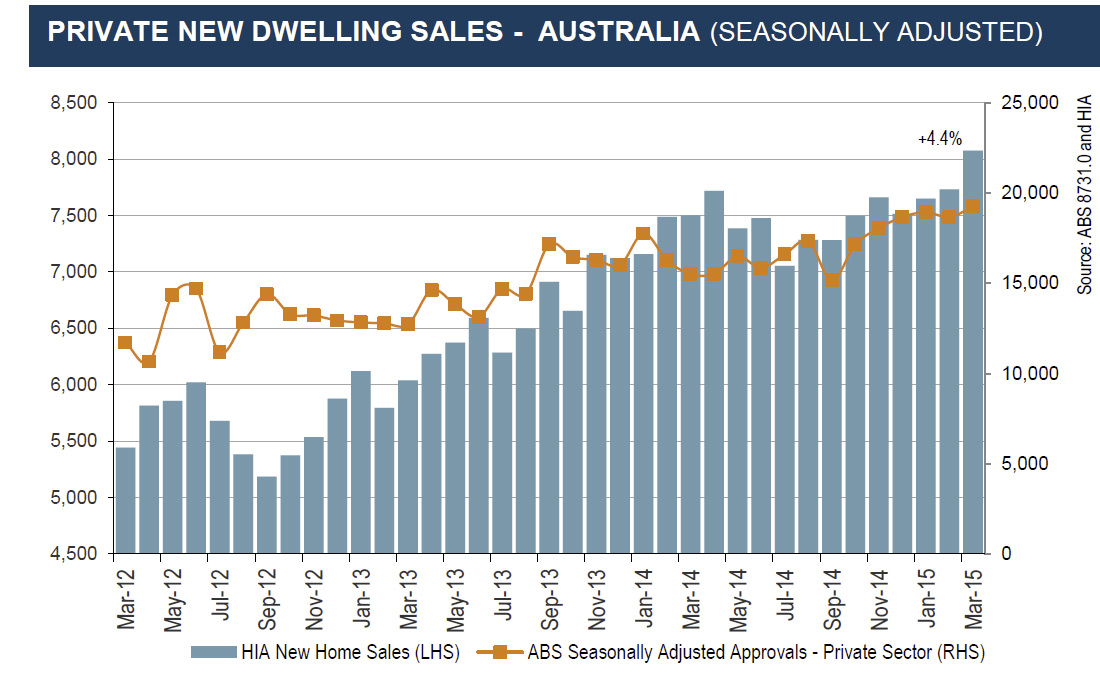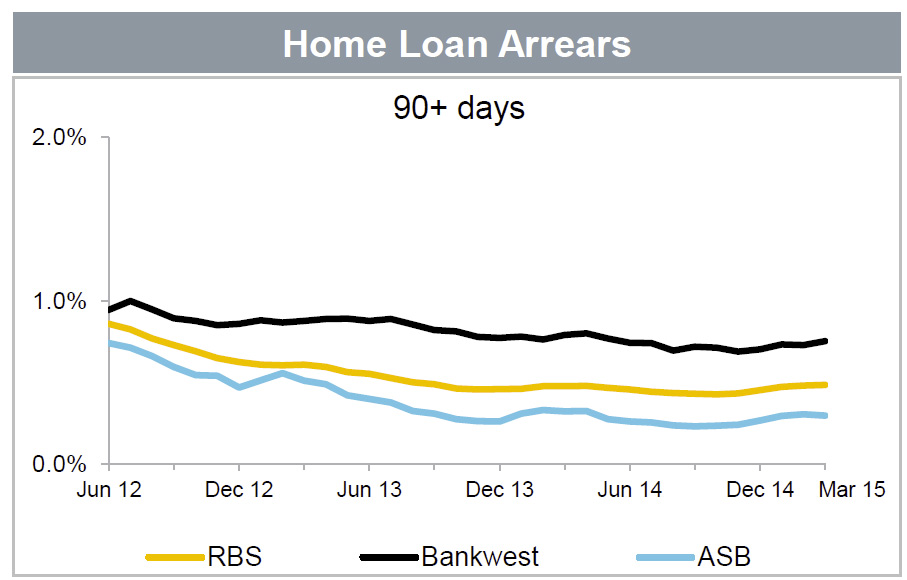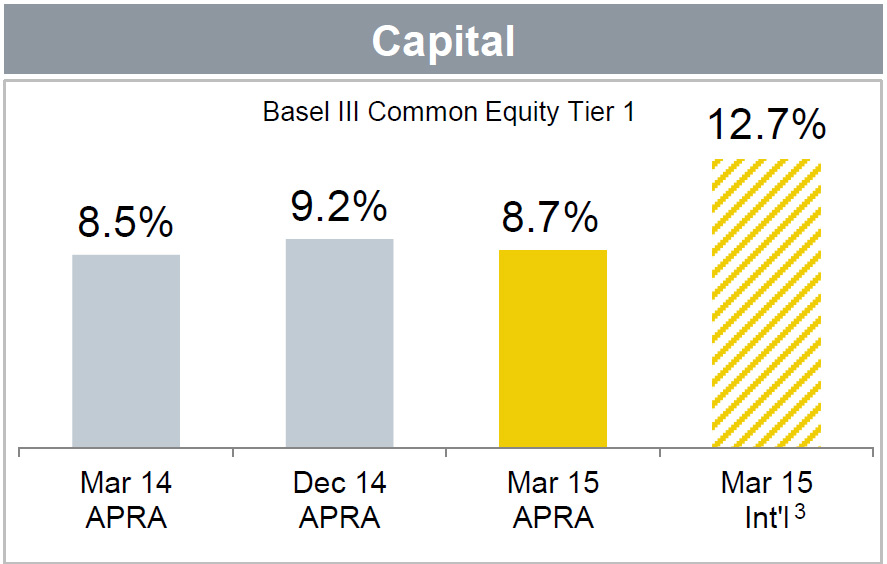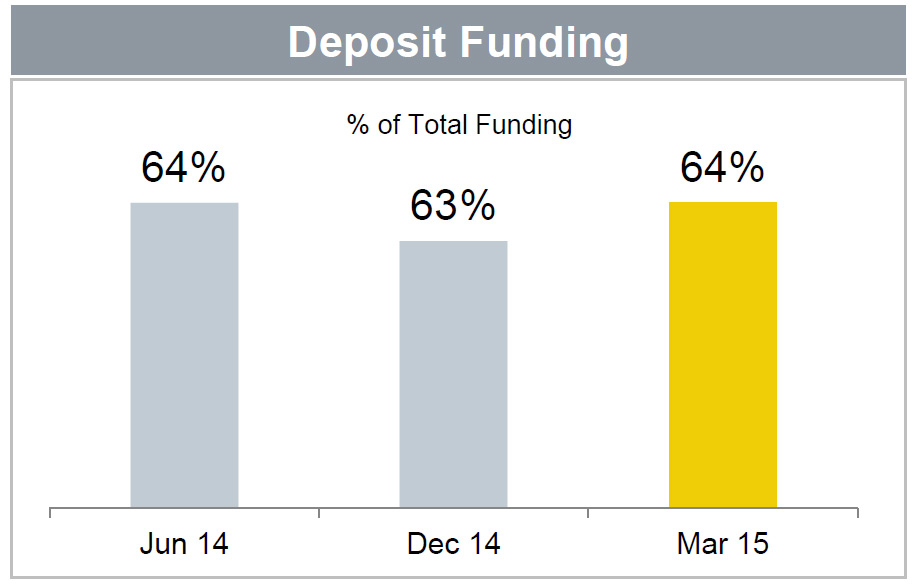There has been considerable recent discussion about fintechs injecting much needed competition into the SME lending market. For those unfamiliar with this new word, fintech (financial technology) is a line of business using software for the purpose of disrupting incumbent players such as banks. ASIC Chairman Greg Medcraft recently said “the time is ripe for digital disruption and ASIC wants to make it easier for fintechs to navigate the regulatory system”. Notwithstanding these encouraging developments it is still early days and small business owners would be wise to resist the lure of quick and easy money from fintechs until they really understand how they work.
The attraction of fintechs is the expectation of a “quick yes” via a streamlined online approval process. Fintechs usually offer business loans between $5k and $300k and terms generally range from 7 days to 12 months. They make funds available in a matter of days and sometimes even hours. Rates vary from around 9 per cent to 30 per cent and often well beyond. Most loans are made without property security. Fintechs are generally not suited for businesses that have requirements for long-term debt and if you have property security you will get a better rate elsewhere.
Some business owners will try a fintech if the bank either rejects them or can’t make a decision in the time frame required. Others will by-pass the bank based on a preconceived belief that the banks wont help them.
For better or worse most SMEs know what to expect when dealing with banks. They know the big banks have been around forever and have large and strong balance sheets but this new breed of lender is an entirely different species.
Unlike the banking sector where four well known players and their offshoots control around 90 per cent of the market there are already many fintechs in the SME space with new entrants constantly popping up as entrepreneurs see the opportunity to disrupt the big four oligopoly. As more players enter this field, it will be interesting to see how they go about developing and conveying a distinctive customer value proposition.
Australian owned fintechs currently operating in the SME space include Moula, Prospa, getcapital, and ucapital. The US online lender Ondeck is establishing a local operation in conjunction with MYOB and some well-known local investors. The barriers to entry are relatively low and the level of regulation is not as stringent as for banks. Issues such as funding, liquidity and fraud will no doubt come to the fore when the first fintech fails. Liquidity events could lead to unscrupulous fintechs embarking on a Ponzi scheme but we can safely assume that no fintech will be the beneficiary of a ‘too big to fail’ government bailout. If you borrow from a fintech that gets into difficulty how would you refinance a loan that a bank wouldn’t touch?
Borrowing from fintechs is expensive due to relatively high funding costs plus high default rates. Ondeck US’s operation has a default rate of 6 to 7 per cent and when an unsecured loan falls into default, the lender’s recovery prospects plummet.
Potential borrowers need to be mindful of all these issues. So how does a business decide if fintech borrowing is right for them and if so which is the most suitable lender? Here are three tips for SMEs to consider:
1. DO YOUR DUE DILIGENCE
Do your DD as you would if you were looking for any new major supplier or stakeholder. Some of your queries will be able to be satisfied via the lender’s website but if you’re not sure about anything, call them. Ask questions like:
•Who are your shareholders and management?
•What qualifications and experience do you have?
•How much capital have you committed?
•Can I speak to some existing clients?
•How reliable is your funding source?
2. BE SURE YOU UNDERSTAND AND CAN AFFORD TO PAY THE FEES
Ensure you understand all the fees and charges. For instance, fintechs often quote an interest rate based on the term of the transaction so a 3 per cent rate which might look fair to you could in fact be 3 per cent on a loan of 30 days which represents an annualised rate of interest of 36 per cent.
Once you understand all the costs, re-visit your forecasts to ensure you can still make an acceptable profit. No point in working just for your financier!
3. CONSIDER WHAT WILL HAPPEN IF THINGS GO WRONG.
You probably have a good idea of what happens if you cant meet your obligations to a bank. How would this work with a fintech? How open would they be to extending the term of your financing arrangements if for instance a debtor is slow to pay? What dispute resolution procedures do they have?
HOW ARE THE BANKS RESPONDING?
The banks recognise they are burdened with legacy cost structures that place them at a disadvantage relative to disruptors who have lower cost and more scalable systems. They are acutely aware of the threat and are monitoring developments closely. Fintechs are not yet taking market share from the banks but clearly the potential exists for serious inroads once this business model becomes established.
In time banks will respond by acquiring the better structured and performing fintechs. Another bank strategy will be to take equity in start up fintechs backed by big name players with deep pockets as Westpac has done with the online personal lender Society One.
It’s still early days but over time fintechs will become a significant alternative funding source for SMEs. In the meantime SMEs contemplating borrowing from a fintech would be well advised to first ensure they understand exactly what they are getting themselves into.
Neil Slonim is a banking advisor and commentator and founder of theBankDoctor.com.au , a not for profit online source of independent banking advice for SMEs.
Mirrored with permission of the author.






